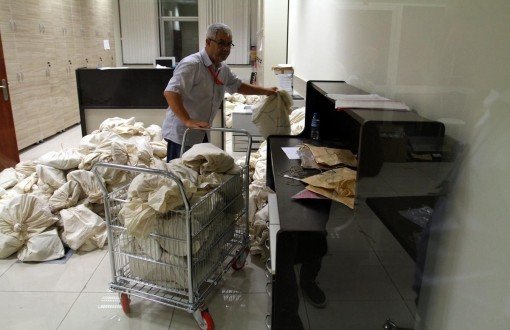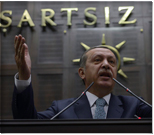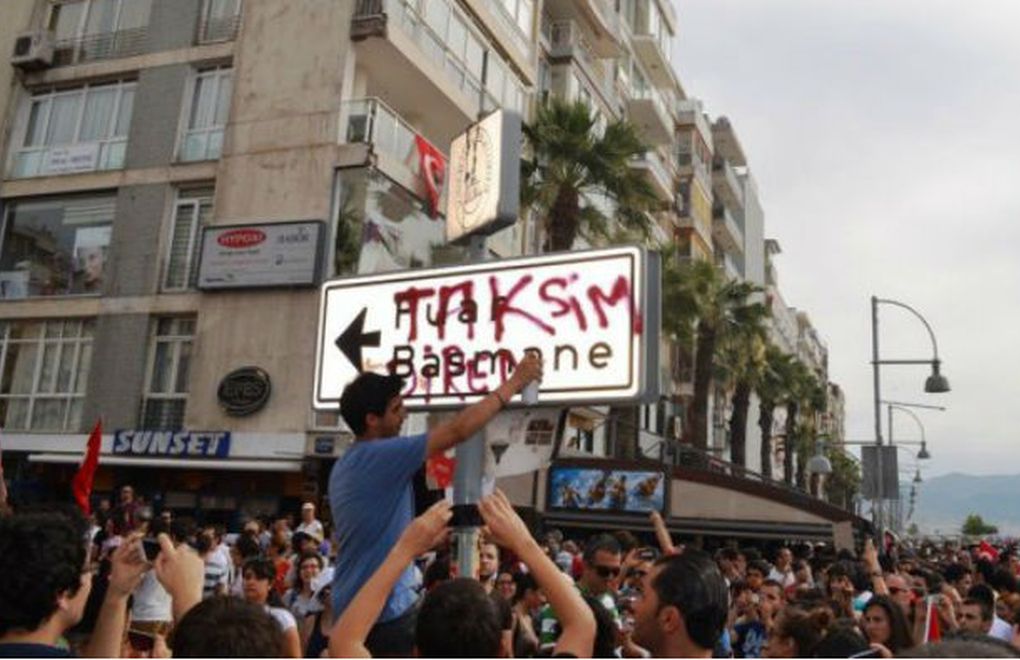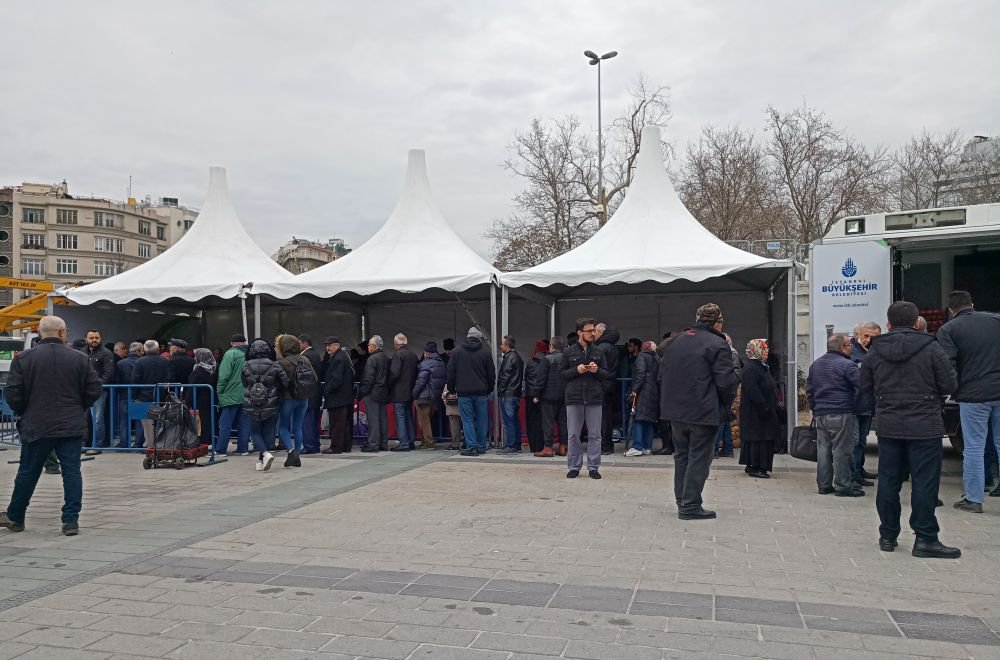bianet asked Sezgin Tüzün to comment on uncertain results of elections that he made in the article entitled “Some Eye-Opening Information Before Going to the Polls” on 8 August in Bianet”.
Tüzün said that “in case of turnout would be 70%”: “If 36,5% of registered voters supported AKP and total of valid votes was given by 70% of registered voters, AKP’s vote rate would rise to 52,1%” he had asserted in his article.
During this interview, voter turnout was 74,3% (72,5%, if we exclude invalid votes) and Erdoğan’s rate was 51,9%. These results confirmed the analysis of Sezgin Tüzün he made before the elections.
How do you see the election results?
Let’s start with Selahattin Demirtaş. There were three voting papers on 30 March local elections. If we look at HDP-BDP, they had the lowest percentage in provincial council election: 4,5%. The highest percentage was on metropolitan municipality election: 6,5%. This figure showed the proportion of votes they gained by numbers of registered voters. In proportion to numbers of registered voters, now 3,679,597 votes are slightly more than 6,5%. In this case, we can say that Demirtaş preserved the highest percentage of his party gained in the last election and even increased it.
As to Recep Tayyip Erdoğan, if we look at the proportion of registered voters we see that 19,660,543 votes he took is somewhere between 36,5% and 37%. This coincides with AKP’s lowest vote rate on 30 March provincial council election. AKP’s highest vote rate was 39% they gained on municipal elections. In sum, Erdoğan could preserve lower limit of vote rate of his party.
The thing we can say about joint presidential candidate is that parties supporting Ekmeleddin İhsanoğlu lost vote rate by 14,5% in contrast to total vote they gained on 30 March.
This is the only different result from results on 30 March and this shows the failure of the opposition. It can be said that Erdoğan didn’t win the new election, but the opposition lost it. If we are to search for the winner and loser of the elections, we can say that Demirtaş became successful by keeping the the highest vote rate and parties supporting joint presidential became unsuccessful by substantially losing vote rate. However, general election will take place and we see that Demirtaş, I.e. HDP couldn’t show an increase so that they can reach 10% election threshold.
From these results, it is understood that voter turnout is important. Is loss of 14% related to low voter turnout?
98,6% of ballot boxes are opened. It is said that voter turnout is 72,3%. Rate of invalid votes is 1,8. So, we have about 70,5% turnout.
On 30 March provincial council and metropolitan municipality elections, broadly speaking, 89,5 out of every 100 registered voters had voted and votes of 4,5% of voter was regarded as invalid because of several reasons. So, there was about %85 voter turnout.
That Erdoğan preserved the lowest vote rate proves it. And we see that Erdoğan was able to bring his voters to the ballot through his polarization policy.
Until the last three days before elections, it was said that voter turnout would reach to 90% and the voters would go to the ballot box according to opinion research. Did these researchers be mistaken or was another issue discussed?
It was obvious that turnout was going to be important on these elections. Researches claiming that there would be high turnout and Erdoğan would easily have 5-7 point more than 50% might have made opposed voters think that nothing would change even if they went to the ballot. One way or another, these were claims that could influence the election results. Those having made these researches and showed high rate of turnout need to answer some questions. (HK/MUY/BM)
* Click here to read the article in Turkish.











